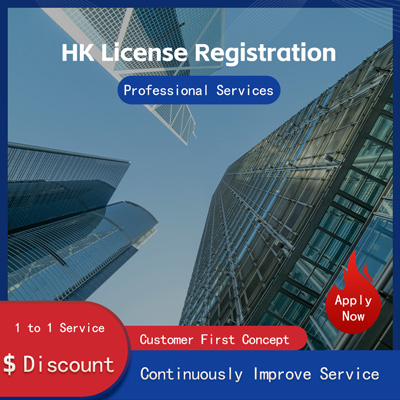
Singapore Company Liquidation Regulations Explained How to Navigate the Process?
How to Navigate Corporate Distress A Comprehensive Guide to Singapore's Company Winding-Up Process
In the course of business operations, companies inevitably face challenges that threaten their sustainability. Whether due to macroeconomic fluctuations, intensified industry competition, or poor internal management, when a company reaches a point where it can no longer operate effectively, business owners must confront the critical issue of how to exit the market in a legal and orderly manner. Singapore, as a global financial hub, boasts a robust commercial legal framework and an efficient judicial system, making its corporate winding-up procedures a model across the Asia-Pacific region and beyond.

Recently, as global economic recovery slows, many small and medium-sized enterprises SMEs in Singapore have experienced increasing operational pressures. According to data released by the Accounting and Corporate Regulatory Authority ACRA in mid-2025, more than 5,000 companies entered liquidation in the first half of the year, representing a 12% increase compared to the same period last year. This figure highlights the growing challenges businesses face in adapting to a shifting economic environment and underscores the importance of understanding the legal winding-up process.
I. Basic Types of Company Winding-Up in Singapore
In Singapore, the winding-up of a company Winding Up is primarily categorized into three types Compulsory Winding Up by the Court, Members’ Voluntary Winding Up, and Creditors’ Voluntary Winding Up. Each type applies to different financial and operational scenarios, and companies should choose the appropriate process based on their solvency status.
1. Compulsory Winding Up
This occurs when a company is unable to repay its debts and a creditor petitions the court to force the company into liquidation. It is typically initiated when the company is insolvent, fails to comply with a court judgment, or defaults on debts. The court appoints a liquidator to manage the company’s assets and oversee the liquidation process.
2. Members’ Voluntary Winding Up
This applies when a company is still solvent but the shareholders decide to cease operations. In this case, company directors must submit a declaration of solvency, and the winding-up resolution must be approved by shareholders. The process is generally efficient and managed by the members.
3. Creditors’ Voluntary Winding Up
This type is used when a company is insolvent but initiates the winding-up process voluntarily rather than through court action. Creditors play a key role in this process, and the liquidator is typically appointed by a creditors’ meeting.
II. Detailed Overview of the Winding-Up Process
Using the most common scenario - Creditors’ Voluntary Winding Up - as an example, the typical steps are as follows
1. Board Resolution
The board of directors holds a meeting to confirm the company’s insolvency and decide to initiate the winding-up process.
2. Shareholders’ Meeting
A shareholders’ meeting is convened to pass the winding-up resolution and appoint a liquidator.
3. Creditors’ Meeting
Shortly after the shareholders’ meeting, a creditors’ meeting is held to confirm the appointment of the liquidator and, if necessary, form a creditors’ committee.
4. Asset Liquidation and Debt Settlement
The liquidator takes control of the company’s assets, evaluates and sells them, and then distributes the proceeds in a legally prescribed order. Priority is typically given to employees’ wages, taxes, secured creditors, and unsecured creditors.
5. Company Deregistration
Upon completion of the liquidation, the liquidator submits a final report to ACRA, and the company is officially deregistered.
The entire process usually takes between six months to one year, depending on the complexity of the company’s assets, the nature of its debts, and the efficiency of the appointed liquidator.
III. The Difference Between Winding-Up and Bankruptcy
Many people confuse winding-up with bankruptcy, but under Singapore law, they are clearly differentiated. Bankruptcy applies exclusively to individuals, whereas winding-up pertains to corporate entities. In bankruptcy proceedings, the court oversees the process, and the individual’s assets are managed by a trustee for debt repayment. In contrast, winding-up is managed by a liquidator, and the company ceases to exist as a legal entity after the process concludes.
Importantly, winding-up does not necessarily mean the end of all commercial opportunities. During the process, if a company is found to have potential for restructuring, creditors or third parties may propose a rescue plan to revive the business.
IV. Legal Responsibilities and Key Considerations During Winding-Up
Although winding-up is a legitimate exit mechanism, companies must remain vigilant about potential legal risks. For instance, if directors knowingly continue borrowing or engage in unfair transactions while the company is insolvent, they may face legal consequences. The liquidator has the authority to investigate the company’s financial records and, if misconduct is discovered, may seek legal action against the directors.
Before proceeding with winding-up, companies should conduct a thorough financial review and consult qualified legal and accounting professionals to ensure the process is conducted in compliance with regulations and remains transparent, minimizing the risk of future legal disputes.
V. A Way Forward Winding-Up Is Not the End
For many entrepreneurs, winding-up may feel like the conclusion of a business journey. However, it is also a responsible and ethical business decision. A legal and orderly winding-up process allows business owners to avoid deeper financial entanglements, protect personal assets, and safeguard the rights of employees and creditors alike.
As emphasized in the Monetary Authority of Singapore’s MAS mid-2025 business risk advisory, companies facing financial distress should seek professional advice early and plan their exit strategies responsibly rather than delaying or evading obligations. This guidance serves not only as a reminder to entrepreneurs but also as a reflection of the broader importance of maintaining integrity within the business ecosystem.
In an era of heightened global economic uncertainty, companies must cultivate a strong awareness of risk and become familiar with Singapore’s winding-up regulations. With the right knowledge, business owners can make informed decisions when faced with critical junctures. While winding-up may mark the end of a corporate life cycle, it can also represent a fresh beginning. Only by confronting challenges head-on and following due legal procedures can businesses truly move forward and pave the way for future endeavors.
Helpful (0)
No help (0)
Still have questions after reading? More than 98,000 users have contacted us. Please fill in the following information to obtain business information.

Previous Article
Guide to Registering a Skincare Company in Singapore Launching Your International Brand Journey
Jul 21, 2025Next Article
Why Choose Singapore for Your Subsidiary? Read This Article and You’ll Be Convinced!
Jul 21, 2025Service Scope
MoreRecommended for You
- The Real Deal Behind Registering a Company in Singapore Hidden Challenges Risks No One Tells You!
- How to Register a Foundation Company in Singapore Key Steps Things to Watch Out For!
- Audit Cost Insights for Singapore Companies Key Factors and Market Trends Explained
- How to Start a Company in Singapore as a Foreigner? A Comprehensive Guide to the Registration Process and Secrets!
- S’pore vs HK Banks Which Is Better for Wealth Management? Find Out the Smart Choice
- How to Easily Open a Singapore Bank Account in Mainland China? Ultimate Guide + Practical Tips
- What's It Really Like to Start a Biz in Singapore? Full Breakdown from Registration to Operations
- NRA Bank Confirmation Revealed Secrets You Must Know About Different Account Types
- How to Smoothly Open a Singapore Bank Account in China? A Guide to the Process and Key Points to Note
- U.S. Embassy in China Consular Section One-Stop Service, How to Process Notarization More Efficiently?
- How to Open a US Bank Account for a Hong Kong Company? Essential Requirements Explained!
- Want to Open an Account at Standard Chartered Bank in Beijing? Understand the Requirements in One Article!
- Which U.S. States Have the Craziest Economic Policies? One Chart Explains All!
- How to Get a WY Business License Must-Know Tips Before Starting Your Biz!
- Can You Find U.S. Company Registration Info in China? A Clear Guide!
- How Long Does It Take to Cancel a US Bank Card? Uncovering the Process and Truth Behind It
- How Much Does a Power of Attorney Cost in the US? You Might Not Know These Details
- Opening a Personal US Account Isn't That Hard - Just Follow These Steps and Tips
- How to Read U.S. Company Quarterly Reports A Comprehensive Guide to Fundamentals and Key Details
- U.S. Corp Account Opening Guide Secrets to Effortlessly Kickstart Global Biz


 ONE
ONE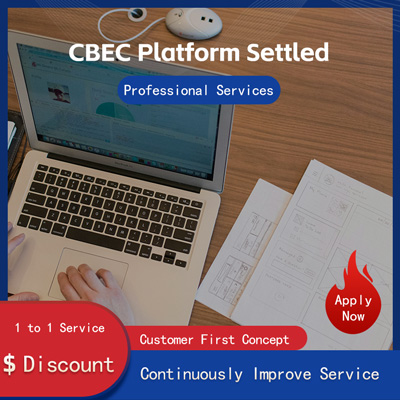




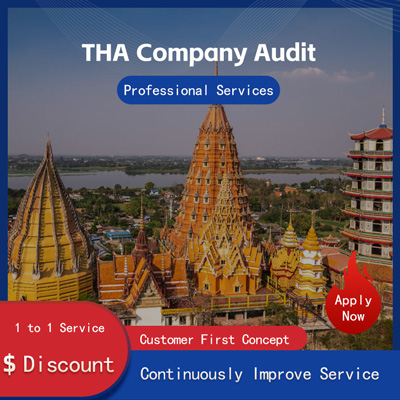
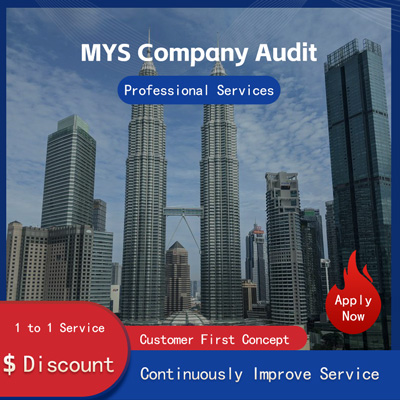
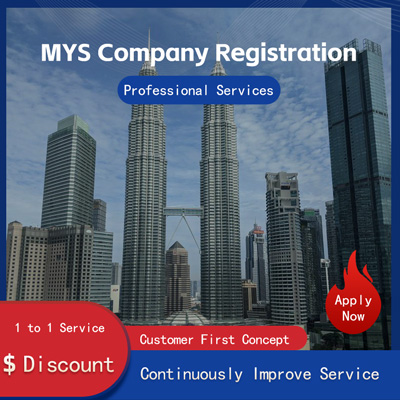
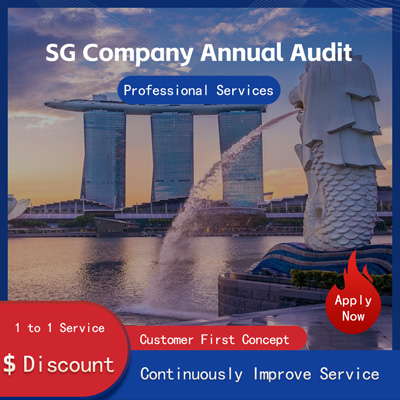
Customer Reviews
Small *** Table
December 12, 2024The experience was very good. I was still struggling to compare it with other companies. I went to the site a few days ago and wanted to implement it as soon as possible. I didn't expect that everything exceeded my expectations. The company is very large, with several hundred square meters. The employees are also dedicated and responsible. There is also a wall of certificates. I placed an order on the spot. It turned out that I did not make a wrong choice. The company's service attitude is very good and professional. The person who contacted me explained various things in detail in advance. After placing the order, the follow-up was also very timely, and they took the initiative to report the progress to me. In short, I am very satisfied and recommend this company!
Lin *** e
December 18, 2024When I first consulted customer service, they recommended an agent to me. They were very professional and patient and provided excellent service. They answered my questions as they came in. This 2-to-1 service model is very thoughtful. I had a lot of questions that I didn’t understand, and it’s not easy to register a company in Hong Kong. Fortunately, I have you.
t *** 7
December 19, 2024I originally thought that they only did mainland business, but I didn’t expect that they had been doing Hong Kong business and were doing very well. After the on-site interview, I decided to ask them to arrange the registration of my Hong Kong company. They helped me complete it very quickly and provided all the necessary information. The efficiency was awesome. It turns out that professional things should be done by professionals.👍
b *** 5
December 16, 2024In order to register a company in Hong Kong, I compared many platforms and stores and finally chose this store. The merchant said that they have been operating offline for more than 10 years and are indeed an old team of corporate services. The efficiency is first-class, and the customer service is also very professional.